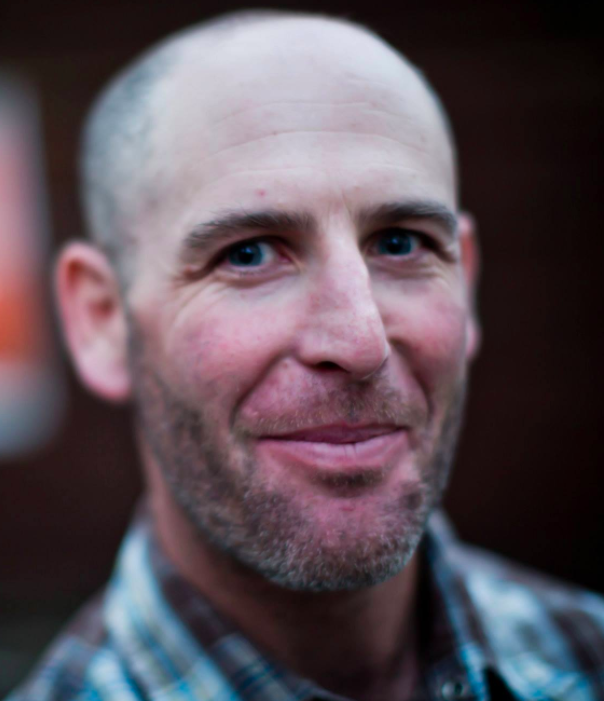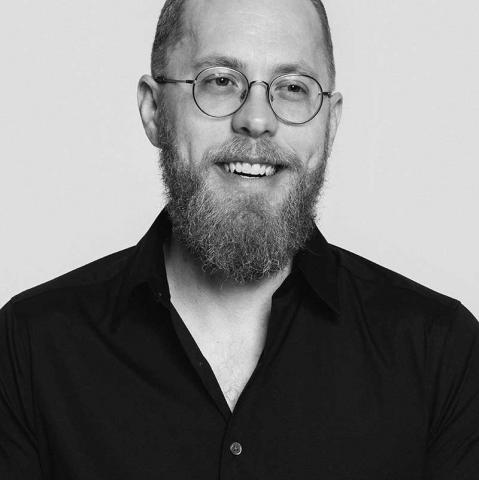Transforming Expertise into Mastery

The Lucid Meetings team is thrilled to introduce Paul Dreyer.
Our founder Elise Keith met Paul when visiting Zingerman’s. At the time, Paul was visiting Zingerman’s to see how they’d evolved their training practice, and Elise was conducting research for Where the Action Is.
They got to talking about the Conscious Competence Ladder, a tool they’d both used for training meetings. Paul shared how he’d developed an updated version of the model for use in his work – and yes, it’s way better! He’s generously agreed to share this updated model with the Lucid community. Thank you, Paul!
When I first learned about the “Conscious Competence Ladder” of becoming an expert, I loved it.
I immediately added it to my leadership and communication tool box. Whether I was learning something myself or facilitating a training on leadership development, I would often point to this model as an effective and powerful awareness tool.
Sometimes also referred to as the “Conscious Competence Matrix” or the “Four Stages of Learning,” this model helps us better understand the struggling landscape we must travel when learning something new.
Of course, I was not alone. Since it was developed in the 1970s, the Conscious Competence Ladder has become a widely used and loved tool. From classrooms to boardrooms to best-selling books on communication (i.e. Malcolm Gladwell’s Blink), this model seems to show up everywhere.
Unfortunately, it’s incomplete and actually not a good model. Let me show you how to transform the model into something better.
OK, before I go any further, I do not want to be unduly harsh towards the Conscious Competence Ladder.
The Conscious Competence Ladder
In its original form, the model certainly helped me over the years.
I work in the field of outdoor education. In my foundational years, I remember using this model to help advance both my “hard skills” (e.g. rock climbing, mountain biking, and paddling techniques) and my “soft skills” (e.g. communication, judgment, and feedback techniques).
The standard model looks something like this:
When learning something new, people start out as Unconsciously Incompetent. They don’t even know yet what they don’t know. As they learn more, their skills develop and they progress up the ladder.
The goal of the model is to become the “expert” who is subconsciously competent at a skill.
In other words, the goal is to become so good at something that you don’t even have to think about it.
I agree with this premise – that an expert may indeed be so good and so practiced at a skill that they do not need to think about what they are doing.
However, as I progressed in my career and started to become an “expert” in certain aspects myself, the consummate educator inside of me began to question this premise and the model.
After all – even if an expert does not NEED to think about what they’re doing, shouldn’t they?
Adding Mastery to the Competency Ladder
If an expert is not critically thinking about what they are doing, then complacency will develop, and complacency will quickly lead to poor (possibly even dangerous) performance.
Whether it is a seasoned doctor in the operating room or the long-time CEO in the boardroom, an “expert” can be quick to convince themselves, “I’ve seen/done this ten thousand times. No worries. I don’t even have to think about this.”
Those kind of words (and a model that promotes them) scare me!
In addition, I know that we all have many examples of this sort of complacency unfolding in our lives, which demonstrates how easy it is for subconscious complacency to set in.
OK, now the good news. There is a relatively easy way to avoid the trap of complacency and make this 4-step model into something truly transformational for you and others.
It begins with a simple pivot of mindset and wording.
Maybe the goal should not be expertise. Instead, we should strive for Mastery.
After all, Yoda (not only a lovable Star Wars character, but also an incredible example of a leader and mentor) was not a “Jedi Expert” – he was the consummate Jedi Master.
So, to avoid complacency, we need to move towards Mastery, and to do that, we need to focus on MINDFULNESS.
As we gain skills and experience in anything, we need to remember to stay mindful of the “lower stages” of the learning ladder. We need to always step into working spaces (the operating room, the board room, etc.) with a beginner’s mind that asks ourselves questions like:
- “What do I still not know?” (unconsciously incompetent),
- “What do I still need to practice to get good at?” (consciously incompetent),
- and “Which of my current skills do I still need to hone?” (consciously competent).
Here’s what the new model looks like:
As you can see, the root of the original model stays true. We have just added an additional awareness component.
Hopefully, raising your awareness of complacency will motivate you to bring more mindfulness to your work through increased intention, thoughtfulness and reflection.
Then, you will be on the path to becoming (and remaining) the True Master.



